
UBCO experts suggest wrapping gifts in reusable bags or boxes as one of several ways to keep the holiday season sustainable.

UBCO experts suggest wrapping gifts in reusable bags or boxes as one of several ways to keep the holiday season sustainable.
Posted in Uncategorized
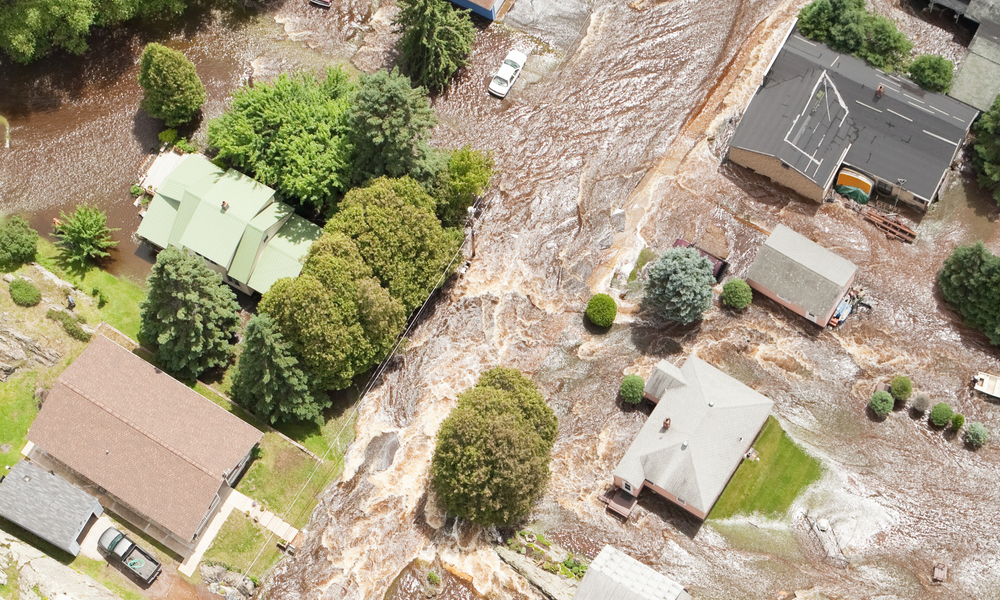
UBC engineers have consulted with 22 Okanagan communities to develop recommendations and best practices to improve flood resilience which could limit potential damage.
Posted in Uncategorized
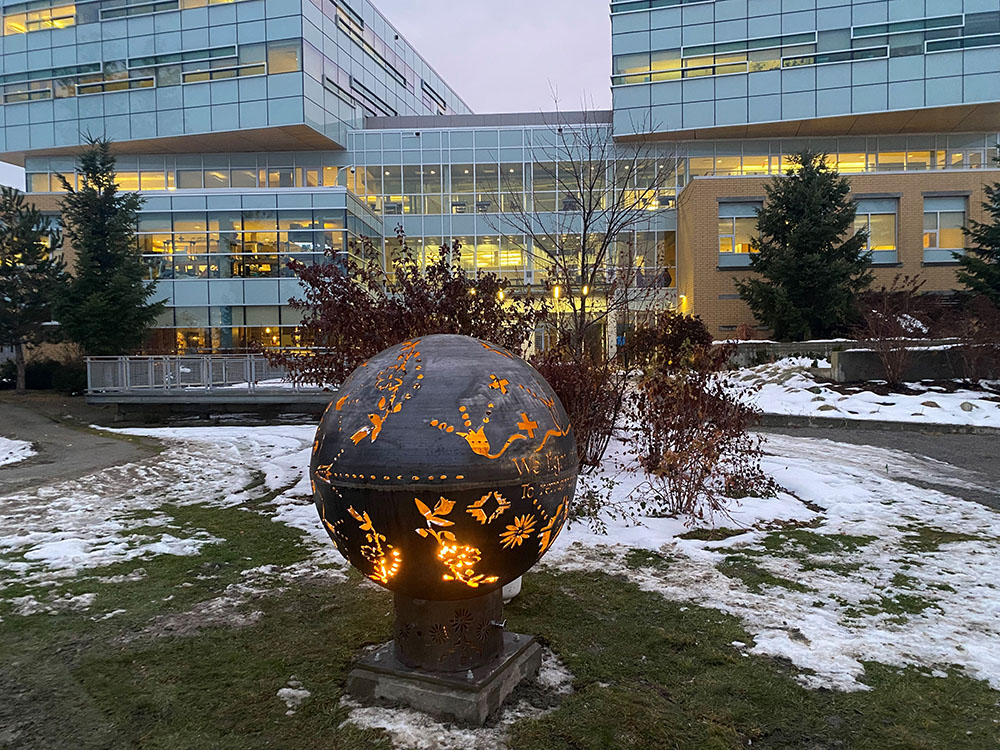
An artistic fire bowl titled For Future Matriarchs was installed at UBCO last week. It will be lit each December 6 in memory of the 14 women killed in the École Polytechnique massacre. The piece was created by internationally recognized Syilx artist Krista-Belle Stewart and Secwépemc artist Tania Willard.
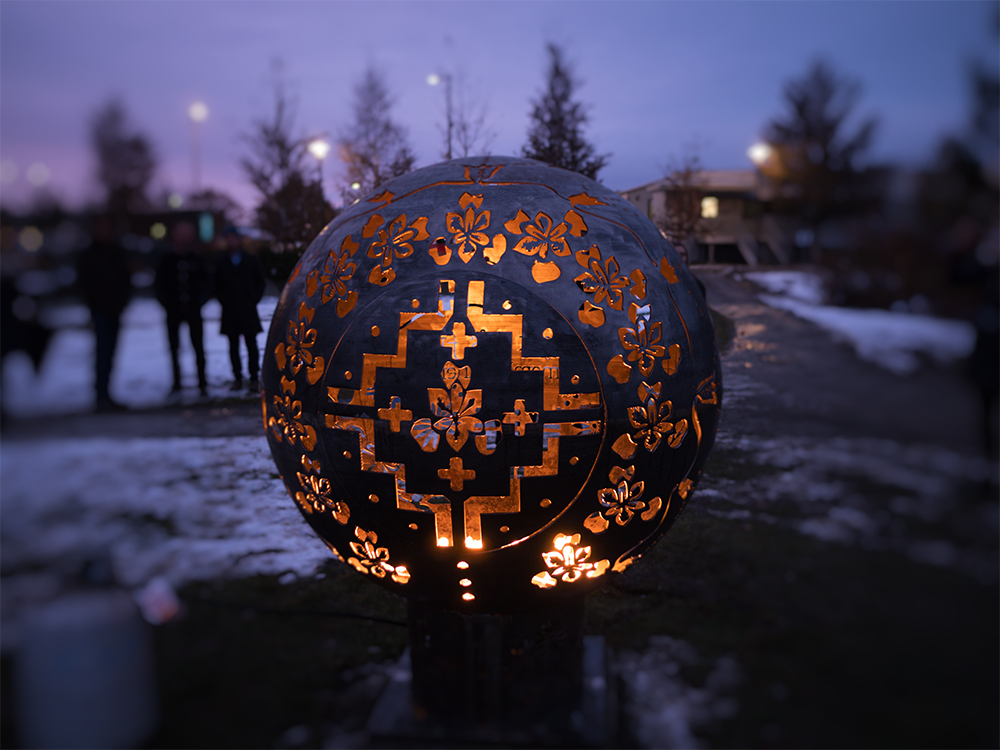
The firebowl was funded by the School of Engineering and will become part of the UBC Okanagan Public Art Collection. Photo by Nasim Pirhadi.
Posted in Media Advisory
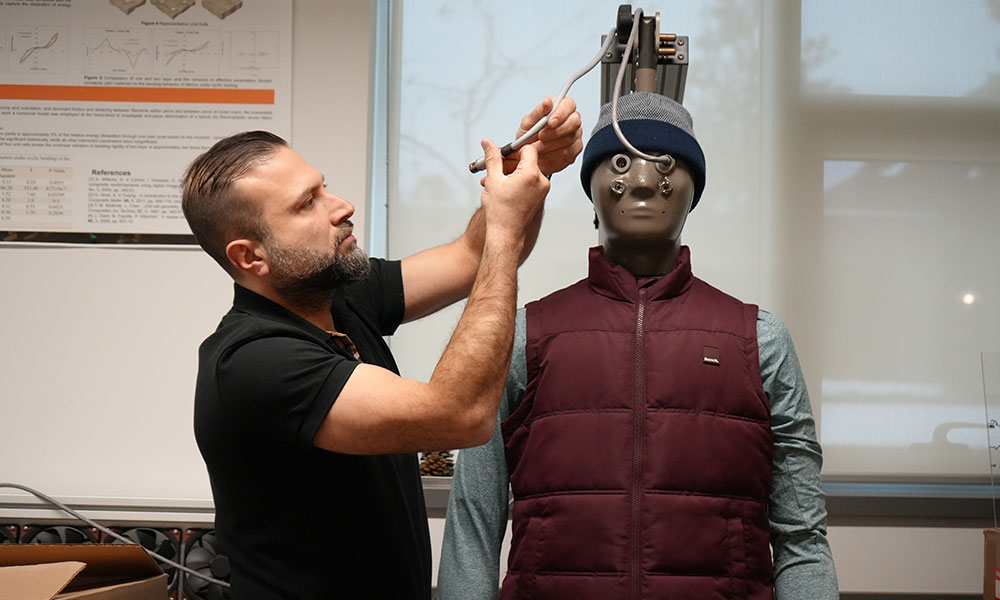
UBCO researcher Dr. Farzan Gholamreza gets Newton, a thermal manikin, ready for a sweat test in his outdoor exercise gear.
Posted in Uncategorized
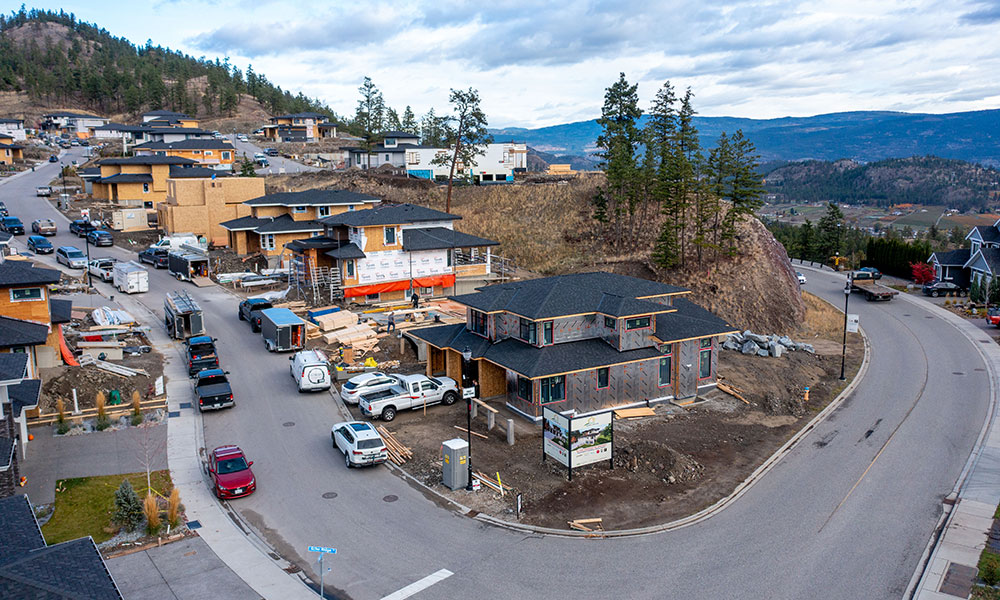
The newly constructed net zero home will be open for the public to explore Sunday, November 20 starting at noon. Built to the highest energy-efficient standards, once occupied this house will produce as much energy as it uses in a year.
Posted in Uncategorized
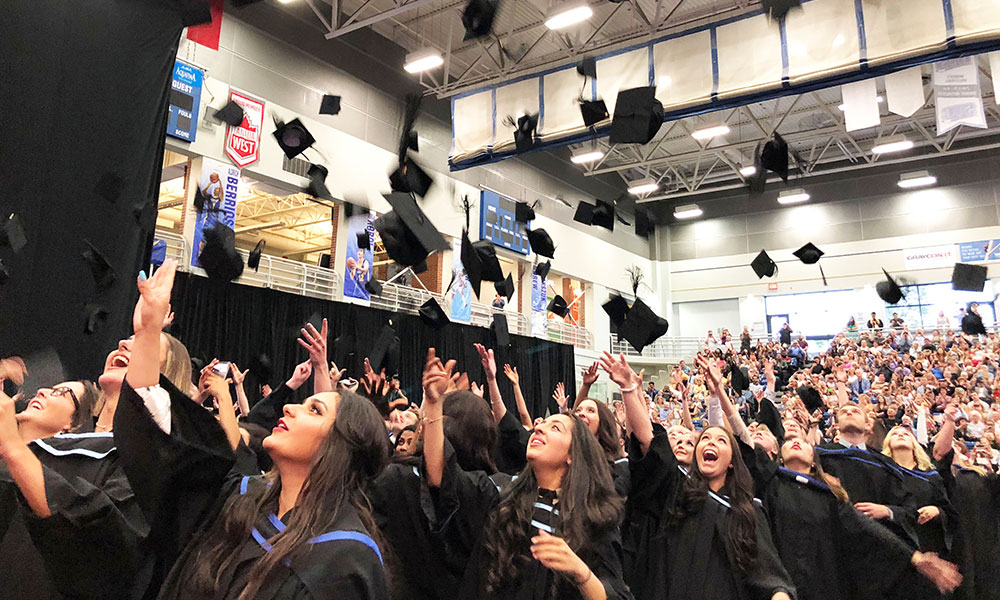
UBCO is hosting a unique fall graduation ceremony Thursday. Students who graduated in 2020 and 2021 will now have the opportunity to toss their caps in celebration like these students did in 2018.
Posted in Uncategorized
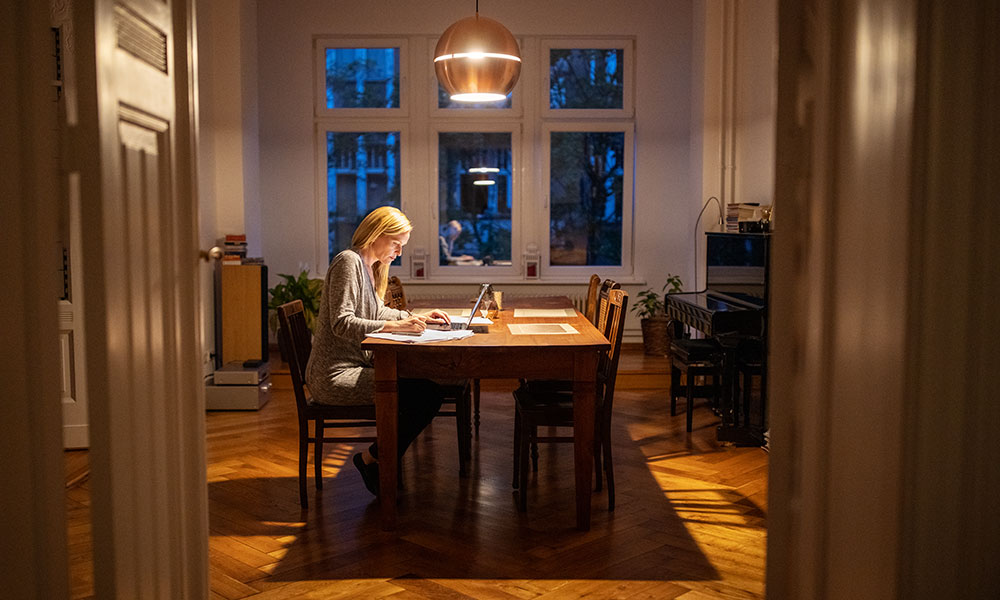
UBCO research indicates working from home is costing employees more than they might think.
Posted in Uncategorized
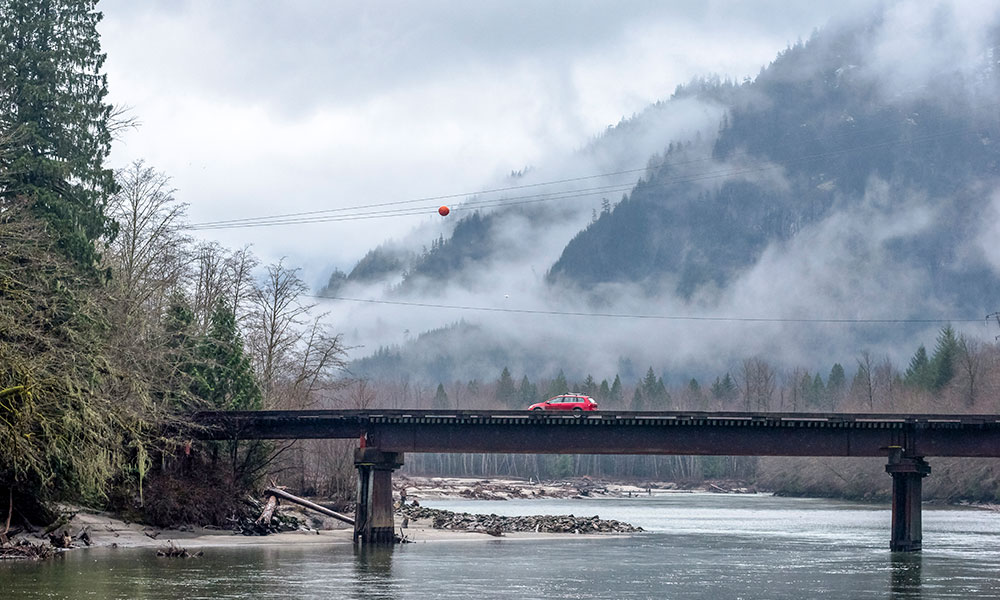
New research from UBCO has determined that as tires and roads wear down particles of that waste are spread across roadways and can eventually end up in rivers, streams and lakes.
Posted in Uncategorized
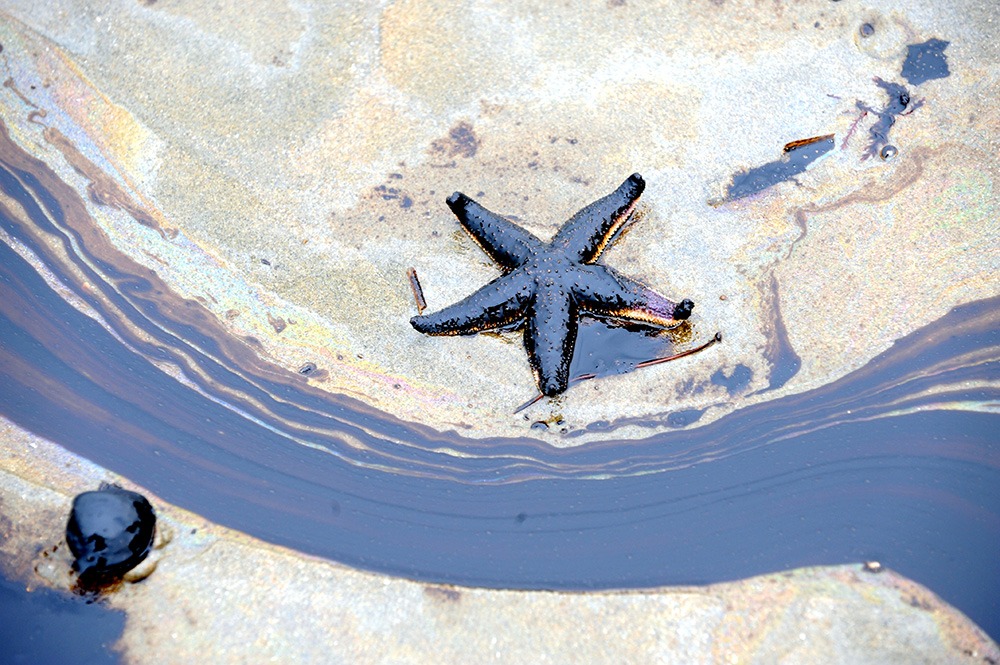
UBCO researchers have come up with a strategy to deal with the waste created when an off shore oil spill is cleaned up.
Images of damaged coastlines, oily sheens, containment booms and endangered wildlife are part of every offshore oil spill.
And while a response team arrives and the clean up gets underway, UBC Okanagan researchers are now exploring how to effectively handle the waste created from that spill.
As part of a Multi-Partner Research Initiative sponsored by Fisheries and Oceans Canada, UBCO engineers are conducting new research to help the oil spill response industry and its regulators enhance response preparedness and efficiency in Canadian waters. A new research study, published recently in the Journal of Hazardous Materials, conducts a lifecycle assessment of oil spill waste mitigation and how to properly dispose of the refuse.
“We never want to experience any sort of spill, but when it happens we need to be prepared,” explains Dr. Guangji Hu, a School of Engineering postdoctoral fellow and report co-author. “If a spill is on land, contaminated soil can be removed and remediated off-site, but that simply isn’t feasible on the water.”
Using a lifecycle assessment approach, the researchers developed a framework to help decision-makers effectively manage the waste of an offshore oil spill cleanup. The lifecycle assessment quantifies the environmental impacts associated with products and services at different points of their life cycle.
The lifecycle assessment compared various strategies for treating wastes—including its collection, segregation and sorting, initial treatment, secure transportation of waste materials, resource recovery and the final disposal of all soiled materials—as well as the resulting environmental impacts, particularly on scenarios situated in Western Canada.
Addressing maritime oil spills is a complex process with many variables including type of oil, tides and water composition, explains Saba Saleem, an engineering master’s student with UBCO’s Lifecycle Management Lab.
“Every spill is unique, but with this new tool we can identify the barriers, gaps and bottlenecks in oily waste management during an offshore oil spill response and enable decision makers to make more informed choices,” says Saleem, who is also the study’s lead author.
Several techniques such as mechanical containment and recovery, use of chemical dispersants, and in-situ burning are commonly used depending on various factors, such as oil slick characteristics, environmental conditions and the spill location.
“The aspect of oil spill recovery waste is one part of a response, but the management of this waste is the most complex, expensive and time-consuming component of recovery,” says Dr. Hu.
The findings point to a strategy of combining centrifugation and landfilling as the most suitable remediation approach for low-impact offshore oil spill waste management, but also highlight the potential of other strategies based on the severity of the spill.
“Analyzing these challenging situations in a holistic manner through lifecycle assessment allows us to develop a framework that encompasses nearly every possible scenario of offshore oil waste management,” Dr. Hu adds. “As a result, stakeholders have one more tool to address these spills quickly and effectively.”
The post What happens to the waste after an oil spill clean up? appeared first on UBC Okanagan News.
Posted in Uncategorized
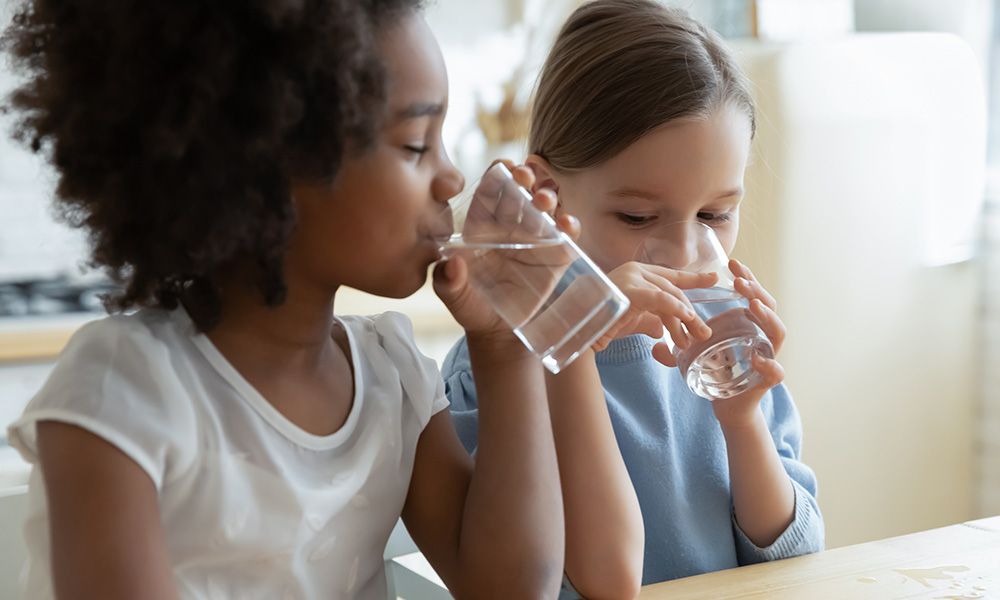
UBCO engineers are teaming up with TELUS and the Regional District of North Okanagan to investigate how smart technology can help monitor drinking water quality.
Delivery of safe and high-quality drinking water is an essential public service, but it’s not easy to monitor water quality in real-time close to customers’ homes.
Thanks to a new research partnership with the Natural Sciences and Engineering Research Council of Canada, TELUS and the Regional District of North Okanagan, researchers at UBC’s Okanagan campus will begin to address this gap by leveraging new sensors to wirelessly monitor water quality in the distribution system.
This new smart monitoring solution aims to improve how municipalities monitor water and its quality at the tap for thousands of residents across the Okanagan.
“Our eventual goal is to improve drinking-water-system-management and enhance the safety of residents across British Columbia,” says Dr. Nicolas Peleato, Assistant Professor with UBCO’s School of Engineering. “Through the use of these sensors, water providers such as municipalities and regional districts will be able to identify water quality issues more accurately and faster than what is currently feasible.”
TELUS is currently working on the development of Smart City technologies in urban and rural applications to enhance the lives of residents through improved safety and better connectivity.
“Using technology for good and providing safe water and food is in TELUS’ DNA, and we are excited to be collaborating with UBCO on this project,” says Chief Technology Officer Ibrahim Gedeon. “Bringing together technology leaders, who have a genuine desire to improve the safety and wellbeing of Canadians, with some of UBCO’s excellent research expertise and knowledge will improve the lives of British Columbians, and support the region in becoming digitally enabled with smart technology solutions.”
The smart sensors will be configured in a system that will identify conductivity, oxidation reduction potential and water temperature using processing and communication hardware. The acquired data will then be sent through mobile networks to the TELUS Smart City products for interpretation and evaluation.
“A lack of adequate monitoring can have significant consequences,” adds Dr. Peleato. “Technology that offers real-time monitoring and evaluation, delivers an important safeguard for water providers and users to ensure their drinking water stays safe. Our municipal partner is excited about the immediate and positive impact this research will have on their water systems.”
An important part of the research will be developing models to help the software quickly and accurately respond to the data allowing for real-time responses. The researchers are working to develop a wireless low-cost sensor for water quality monitoring. The intended outcome, notes Dr. Peleato, is that connection level sensors help future products let users know their water quality with a simple interface that will visualize the data for consumers.
There are several advantages—for both the customer and the water utility—to monitoring chlorine residuals, turbidity and other relevant water quality indicators closer to the point of use. With access to water quality data from the distribution system, the water utility can better respond to quality issues before receiving a complaint. This will enable improved monitoring and management of the system.
“Connecting dispersed sensors with a 5G network like that of TELUS allows for real-time water quality monitoring, predicting water quality changes and taking proactive measures to correct for such changes in a timely manner,” says Dr. Anas Chaaban, UBCO Assistant Professor of Electrical Engineering and project co-investigator. “This new collaboration will provide greater customer assurance and confidence in their drinking water.”
The post UBCO looks at smart technology to safeguard drinking water appeared first on UBC Okanagan News.
Posted in Uncategorized